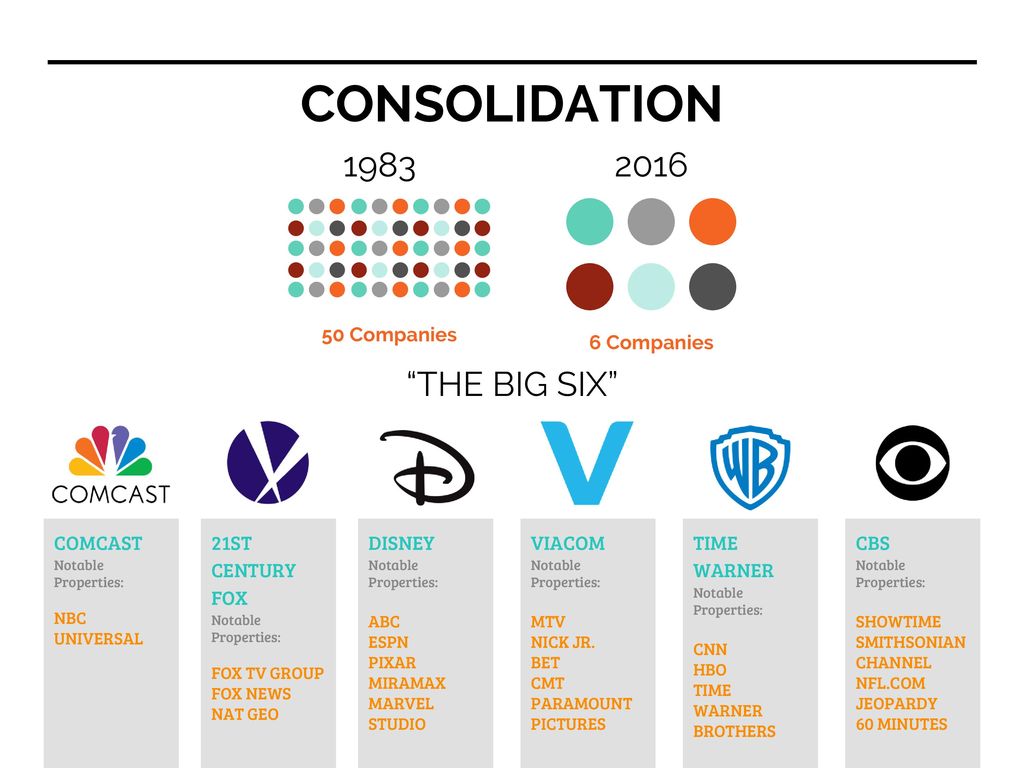Climate change became a matter of grave concern around the 1950s, and the scientific community started to unite to do something about it around the 1980s. However, it wouldn't be until 1997, when the Kyoto Protocol was adopted, that anything was done about climate change globally. Climate change is a severe issue that does not have the amount of coverage it deserves, especially on the global scale.
 | ||
| Image Source: Quartz |
I attended the very last lecture held during the Kiplinger Fellowship, where Sara Schonhardt talked about reporting on climate from a global perspective. Schonhardt is an alum of Ohio University and now works for E&E News, reporting on climate issues from an international position. She emphasized how climate change needs to have more global coverage because it is a story without borders; it will affect every country and community. She also said that no matter what news you are looking at or reporting, there is always a climate aspect. However, climate change is (mostly) only brought up on a global scale during the United Nations Convention on climate change (COPS) and the UN science reports by the IPCC. This coverage needs to be more thorough, and Schonhardt had a few ways that this could occur.
1. Follow the money
There is a money aspect to it with anything you are covering. Schonhardt emphasized this, asking news sources to look for who will pay for the change that climate change needs, where the money is coming from, and who has been the most impacted by climate change. She also mentioned how more prosperous countries are not paying for the things that climate change needs.
2. Show ripple effects.
As with many things, climate change has a huge ripple effect. Schonhardt said to follow this ripple effect and how climate change has affected people around the world.
Those are only a few methods that Schonhardt pointed out regarding how climate change could receive more global coverage. One other thing that she talked about that I found extremely important was how, while we are starting to see more coverage about this in the United States, there needs to be more emphasis on the U.S. level. With the election of President Biden, there has been a new target goal for the United States's battle with climate change to achieve a 50-52% reduction in greenhouse gas pollution. President Biden also rejoined the U.S. in the Paris Agreement, a "...legally binding international treaty on climate change..." to limit climate change to below 2 degrees Celsius.
 |
| Image Source: Oil Change International |
Climate change is not just happening to one country or city; it is a global problem that needs worldwide coverage. This coverage needs to include all voices in their stories, not just the voices of more developed, Western countries. Schonhardt left the lecture with this: "find the climate angle - it's always there; everything has one."







